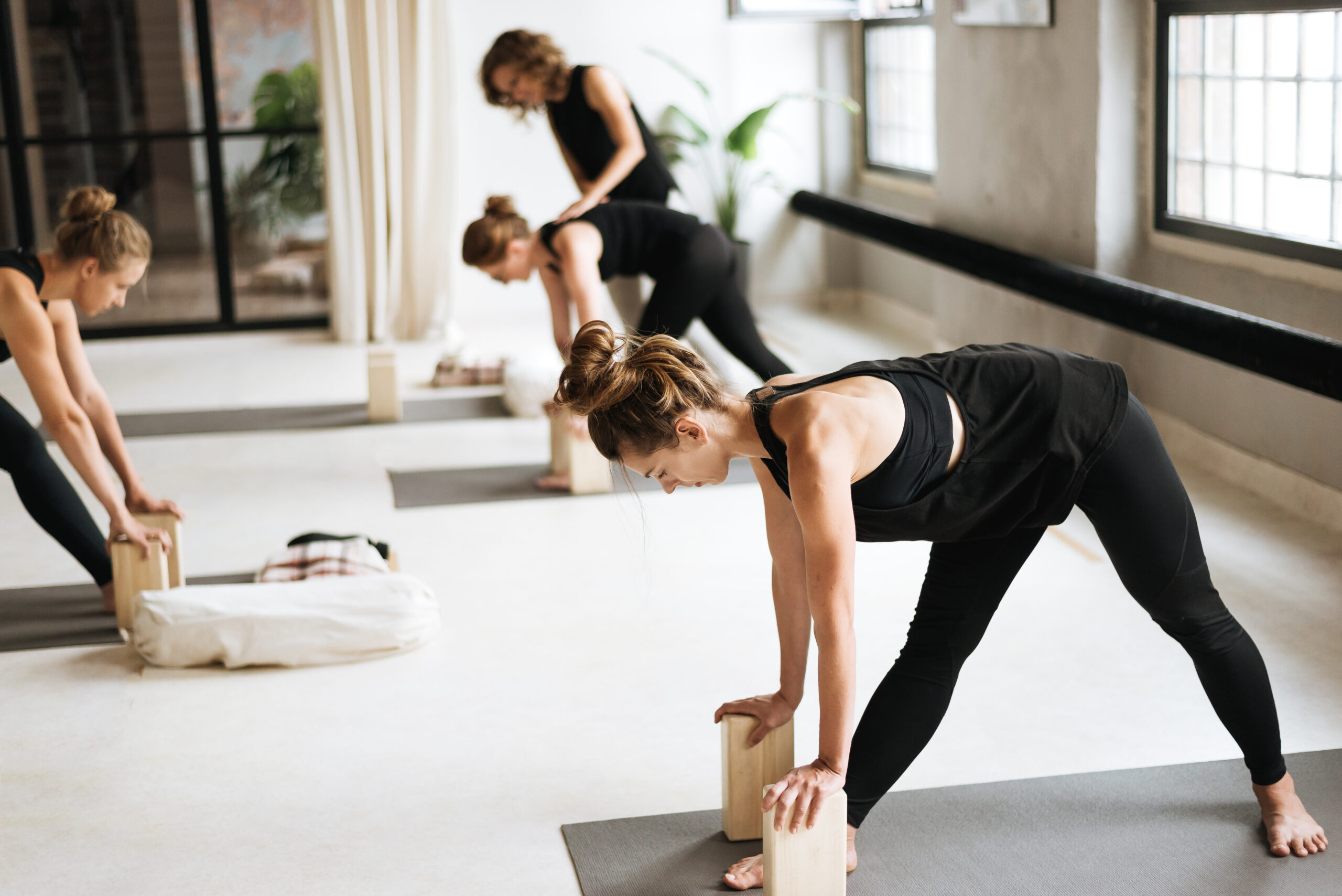When is the best time to practice yoga?

The other day, a friend of mine reached out and asked for advice. She confessed that she struggles with low level of energy. Sometimes, she wakes up energized, ready to conquer the world. But on most days, it’s the opposite. She already opens here eyes feeling drained and frustrated. With a bit of desperation in her voice, she asked whether yoga could help boost her energy level and simply make her feel better.
I guess this won’t surprise you if I reveal that my answer to her was YES. A well-designed yoga practice should awaken the mind and body and leave lots of space to rest and restore.
The Sanskrit word Hatha, which describes the style of yoga I primarily teach, can be broken down into two words: ha, meaning “sun,” representing an active, assertive, and energizing energy, and tha, meaning “moon,” which stands for rather relaxing, receptive, and meditative states. Hatha practice is therefore about balancing the two types of energy, sometimes adding a bit more sun and, on other days, mainly focusing on the moon qualities.
Having said that, in order to benefit most from yoga, it’s worth taking into account the timing you choose to practice. Whether you choose morning, afternoon, or evening class, each has its own advantages.
Morning yoga
which should include more stimulating asanas
- energizes your mind and your body and removes morning stiffness.
- sets a relaxed and stress-free tone for the rest of your day.
- boosts your metabolism and digestion, as well as releases happy hormones.
Afternoon yoga
which can include both energetic and slower asanas
• helps reset the day and fix the energy level by releasing any unwanted moods and emotions before bringing it home.
• allows to change the pace of your day. You need more energy or maybe the opposite, you want to calm down? Whatever you feel like today, yoga can help you get there.
• can improve your focus and concentration and allow you to return to work with more clarity.
Evening yoga
which should include slower and calmer asanas
• helps de-stress after a long day and prepares the body for a good night’s sleep.
• relaxes tense muscles and re-aligns the spine after a day at the office.
• can be a great way to allow for a calmer, more focused approach to the next day.
So voila, now you know everything!
And please make sure to keep in mind that what matters most is that you find a time that works for your individual needs, creates consistency, and fits into your daily schedule.
Let me know what’s your favorite time to practice yoga and make sure to sign up to my weekly newsletter to receive more tips on how to find to best way to practice your yoga.


